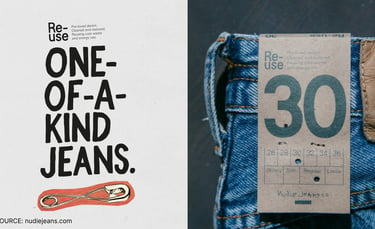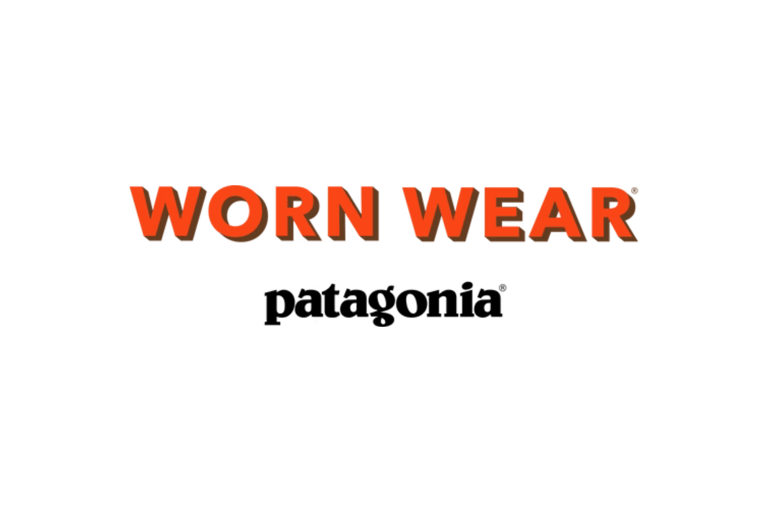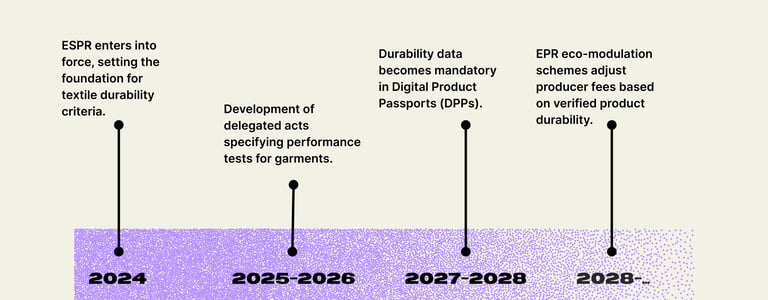Design for Durability: EU Rules for Fashion Production
Learn how EU fashion rules define durability, what brands must change in design and production, and how smarter construction cuts future compliance costs.
10/26/20255 min read
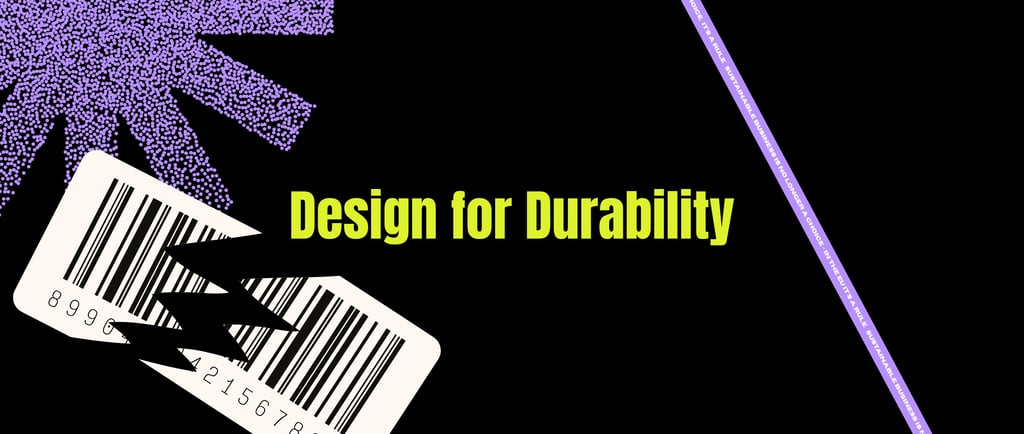

What "Design for Durability" Really Means in Fashion
Durability is quickly becoming one of the most regulated and misunderstood ideas in fashion. It’s not just about thicker fabrics or better stitching. In the EU’s view, durability means keeping products functional and desirable for as long as possible.
Under the Ecodesign for Sustainable Products Regulation (ESPR), every textile placed on the EU market will soon have to meet minimum durability and repairability standards. These rules are not only about sustainability; they’re a way to make fashion waste less costly, both environmentally and financially.
For small and medium-sized brands, “designing for durability” is no longer optional, it’s how you’ll stay compliant, reduce EPR fees, and retain customers.
The EU Definition of Durability
In EU policy, durability has two faces:
Physical durability - how long a product can perform its intended function without significant loss of quality or safety.
Emotional durability - how long a consumer wants to keep using it.
The EU Strategy for Sustainable and Circular Textiles makes this explicit: products must be made to “last longer, be easier to repair and reuse, and maintain their performance through multiple lifecycles”.
Durability will soon be measurable. The European Commission is developing Ecodesign performance tests for abrasion resistance, seam strength, colourfastness, and shape retention for different textile categories.
These metrics will form part of delegated acts under ESPR, expected from 2026 onwards.
What This Means in Practice
For brands, “designing for durability” will translate into product-level evidence.
When placing products on the EU market, you’ll need to provide proof that items meet durability requirements. That proof will be stored in the Digital Product Passport (DPP), a mandatory digital record attached to each product.
That means design decisions will now have financial consequences. Weak seams, low-quality materials, and poor wash performance could increase your EPR (Extended Producer Responsibility) fees, as eco-modulation will reward long-lasting, repairable goods.
Durability has officially moved from being a creative choice to a measurable compliance factor.
Materials, Construction, and Testing
Durability starts long before production. The EU’s Product Environmental Footprint (PEF) and related textile testing guidelines outline what to look for in materials and construction:
Fibre choice: select fibres that can withstand repeated washing and wear without losing structure.
Stitching and seams: double stitching, reinforced stress points, and stronger thread types improve lifespan and customer satisfaction.
Colourfastness and pilling resistance: these properties are being integrated into EU testing standards under ESPR, meaning they’ll soon affect market approval.
The WRAP Textiles 2030 Longevity Protocol (UK, referenced in EU projects) provides voluntary durability benchmarks already used by several EU producers. It includes washing tests, seam strength targets, and abrasion cycles adapted to garment categories.
Together, these references are shaping how durability will be tested across the single market.
Durability Is Also About Use
A product that survives 50 washes but goes out of style after one season is not truly durable.
That’s why the EU Circular Textiles Strategy explicitly connects durability with design longevity, styles that remain relevant, modular, and repairable.
Timeless design reduces replacement demand. That matters because the Commission wants to cut per-capita textile waste in half by 2030. Brands that produce fewer, longer-lasting items will face lower costs when EPR schemes roll out across Member States by 2028.
So, in policy terms, a “durable product” is one that lasts in both fabric and fashion.
Emotional Durability and Customer Retention
The EU doesn’t legislate taste, but it recognises that emotional attachment keeps clothes in use.
Official sources note that many garments are discarded early because they’re no longer attractive to the owner and because people often lack an emotional connection with their clothes, which reduces care and continued use.
Brands can build emotional durability by:
Offering lifetime repair or alteration support.
Designing modular or timeless pieces.
Encouraging resale or personalisation.
These aren’t soft values anymore, they tie directly into policy outcomes like extended product lifetime, which reduces overall environmental impact.
Case Study: Nudie Jeans
Few companies embody “design for durability” as consistently as Nudie Jeans (Sweden).
Every pair is made from heavyweight organic cotton denim with reinforced seams and copper rivets. Customers get free repairs for life, through 65 repair stations and mail-in services.
The company reports over 500,000 repaired jeans and more than 40,000 pairs resold via its Reuse program.
That model lowers textile waste, strengthens loyalty, and demonstrates how a durability-first design philosophy can sustain both brand value and profitability.
Case Study: Patagonia
Patagonia Europe has integrated repairability into its product engineering. Its Worn Wear program handles around 40,000 repairs annually across Europe, using high-strength stitching and replaceable components in jackets and outdoor apparel.
Durability informs every stage of design, fabric sourcing, construction, and aftercare. Patagonia has publicly stated that every repair performed reduces the need to produce up to 2.5 new garments, saving both material and manufacturing costs.
Under ESPR, this kind of approach directly supports compliance while offering measurable CO₂ and resource savings.
Case Study: Eileen Fisher Renew
New York-based Eileen Fisher, whose take-back operations also serve the EU market, focuses on seam strength, fabric density, and repair-friendly finishing. Over 1 million garments have been collected, repaired, or remade under its Renew program.
The company’s internal research shows that pieces designed for long wear, including reinforced shoulder seams and durable dyes, outperform fast-fashion equivalents by 30–40% in lifespan.
This not only extends use but lowers returns and improves resale pricing.
Connecting Durability with Policy Timelines
Durability requirements will arrive gradually through delegated acts under ESPR and related laws.
Key milestones:
For SMEs, this timeline means there’s time to prepare, but not to delay.
What You Can Do Now
Durability doesn’t always require major investment. It often starts with better coordination between design, sourcing, and production.
Practical first steps include:
Reviewing stitching, fastener, and trim quality.
Reassessing care-label instructions for clarity and accuracy.
Tracking customer complaints or returns to identify weak construction points.
Building repair access into your website or through local tailors.
Each of these actions contributes to compliance readiness and cost stability under future EPR fees.
Why Durability Pays Off
Durability creates value beyond compliance. It cuts production cycles, reduces returns, and stabilises material procurement.
Studies for WRAP estimate that extending the lifespan of clothing by one year would reduce associated emissions, water use, and waste by 20–25% per item.
For SMEs, it translates into measurable financial gains:
Fewer warranty claims.
Reduced unsold stock destruction costs.
Lower per-item EPR payments.
Durable products are easier to resell, easier to repair, and harder to replace, all of which contribute to stronger long-term brand value.
The Bigger Picture
Durability is moving from design philosophy to a business requirement.
It’s no longer just a quality claim, it’s a data-backed obligation tied to circular design, repairability, and reporting.
The brands that understand durability as both compliance and communication will stand out. They’ll be the ones who can show, with evidence, that their garments last longer, cost less to maintain, and create less waste.
In the EU’s next decade of textile reform, that’s not a burden - That’s your brand advantage.

